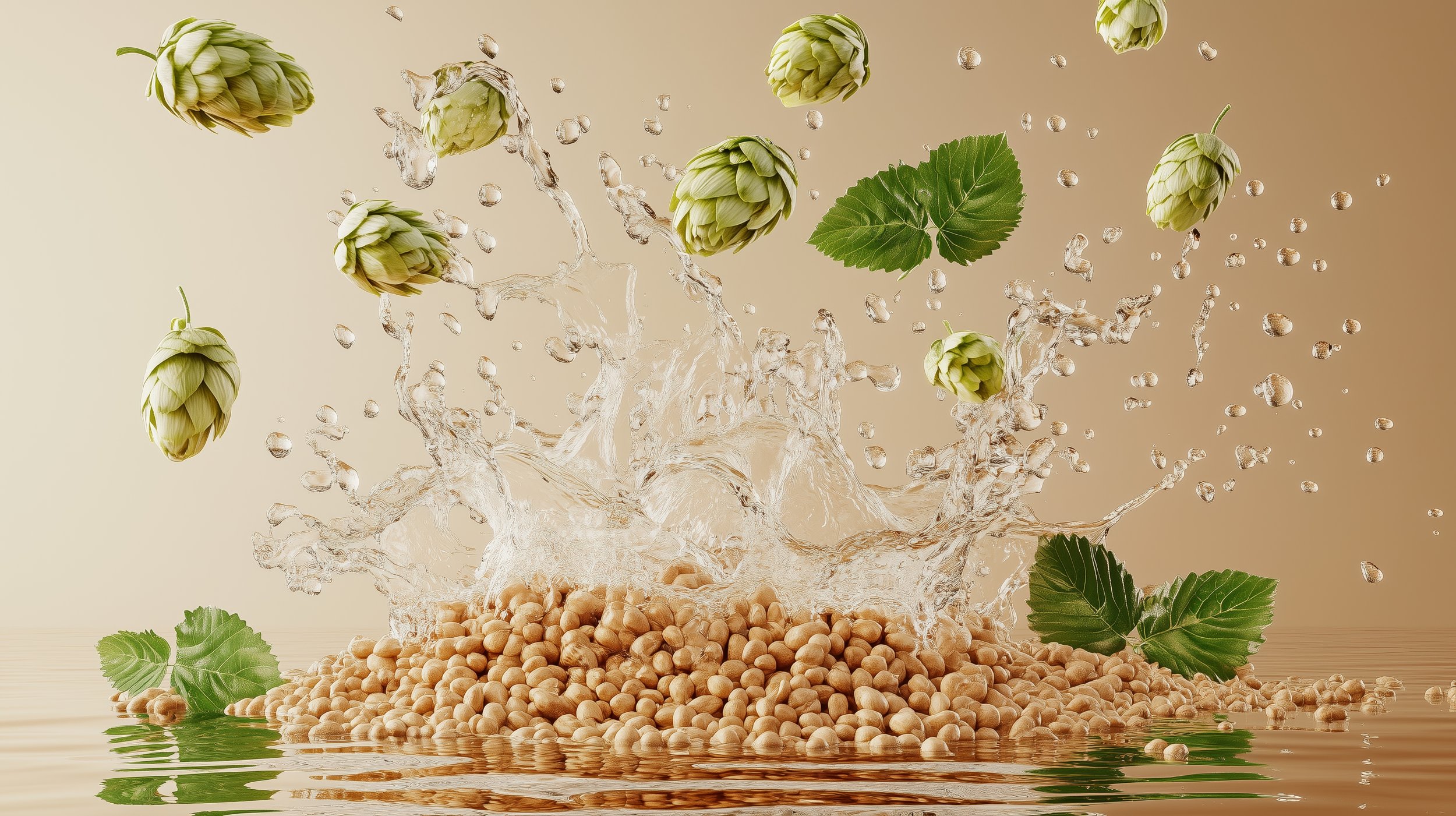Reinheitsgebot: The German Beer Purity Law That Shaped Brewing History
Beer has been a beloved beverage for thousands of years, with different cultures developing their own unique brewing traditions. However, few regulations have influenced the world of brewing as profoundly as the Reinheitsgebot, or the German Beer Purity Law. First enacted in 1516, this historic law set strict standards for beer production, ensuring quality, consistency, and consumer protection.
What is the Reinheitsgebot?
The Reinheitsgebot was a decree established in the Duchy of Bavaria on April 23, 1516, by Duke Wilhelm IV and Duke Ludwig X. The law dictated that beer could only be brewed using three ingredients: water, barley, and hops. Yeast was not included in the original law because its role in fermentation was not yet understood. It wasn’t until the late 19th century, when Louis Pasteur discovered the function of yeast in brewing, that it was officially recognized as an essential ingredient.
The Purpose Behind the Law
The Reinheitsgebot was introduced for several reasons:
Protecting Beer Quality – By restricting the ingredients, the law prevented the use of unsafe additives or cheap substitutes that could compromise the quality and taste of beer.
Consumer Protection – Unscrupulous brewers in the Middle Ages sometimes used questionable ingredients such as sawdust, soot, or even poisonous herbs to cut costs. The Reinheitsgebot safeguarded the health of beer drinkers.
Preserving Wheat for Bread – The law ensured that wheat and rye were reserved for bread production, preventing shortages and keeping bread affordable for the population. This also led to the dominance of barley-based beers.
Economic and Tax Control – By standardizing ingredients, the government could more easily regulate and tax beer production, ensuring a steady revenue stream for the ruling authorities.
The Impact on Brewing Culture
The Reinheitsgebot became a defining characteristic of German beer culture. It influenced brewing traditions, shaping the distinct styles of beer that Germany is famous for, such as:
Pilsner – A crisp, clean lager with a pronounced hop bitterness.
Helles – A light, malty lager brewed primarily in Bavaria.
Dunkel – A dark, malt-forward beer with caramel and toasty notes.
Bock – A strong, full-bodied lager with a slightly sweet finish.
This law also contributed to Germany’s reputation for high-quality, pure beers and helped spread its brewing techniques worldwide.
The Reinheitsgebot remains one of the most famous beer regulations in history, influencing global brewing practices and reinforcing Germany’s legacy as a beer powerhouse. Whether you see it as a safeguard for quality or a restriction on creativity, its impact on the beer industry is undeniable. So, the next time you enjoy a pure German lager, remember—you’re tasting a tradition that dates back over 500 years!

